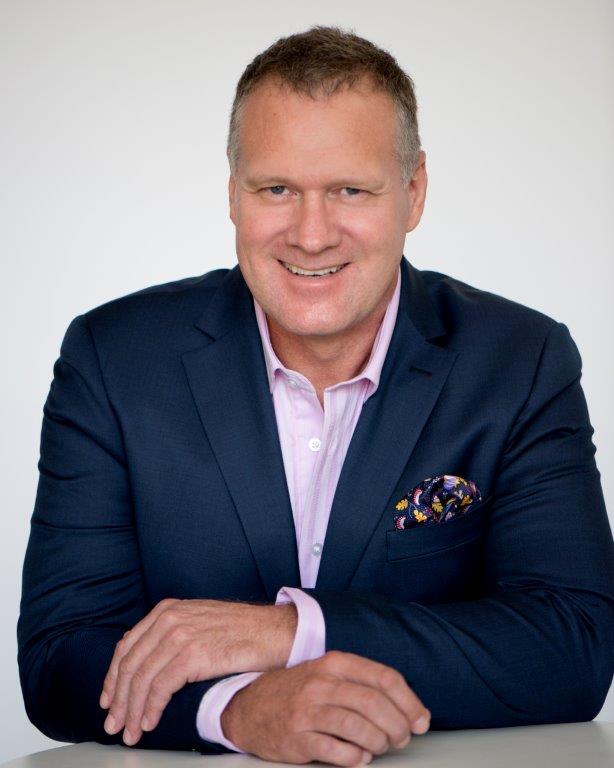This article originally published by INX Software, 12 February 2018.
By Doug Wright
I wrote recently about safety leadership, and the need to have influential safety leaders who are separate from management. It is also vital to have safety leaders positioned at every job site, in every department, and in every work team.
If this seems unattainable, remember, anyone can be a safety leader. Safety leaders do not rule by authority; instead, their conduct influences co-workers to improve their own standards.
It’s important to create a sustainable safety culture that gives any workforce the right skill sets, mindsets and tools, rather than by paying lip service by setting more rules or paper trails in place. Safe Work Australia suggests the following ways for management to engage and consult in a two-way process:
- Talk to each other about health and safety matters.
- Listen to their concerns and raise yours.
- Seek and share views and information.
- Consider what your workers say before you make decisions.
- Share relevant work health and safety information with workers.
- Give workers a reasonable opportunity to express their views and raise health or safety issues.
- Give workers a reasonable opportunity to contribute to the decision-making process relating to the health and safety matter.
- Take account of workers’ views.
- Tell workers about the outcomes of any consultation and in a timely matter.
Management should support the above processes and decisions made by safety leaders and empower them to guide the workforce to strong safety performance.
Safety leadership is more than a way to prevent and mitigate untoward events. There are also benefits that spring from efficient safety leadership. These may not be immediately obvious to the organisation. Have you considered the following advantages of an excellent safety culture?
- The organisation’s reputation and standing is improved amongst clients and suppliers.
- Business continuity is improved due to avoidance of incidents, accidents, breakdowns and process failures.
- Lost time, frequency of minor injuries, ‘near misses’ and property damage are all reduced.
- Less time is spent recording and investigating incidents.
- Insurance premiums may be reduced.
- There is an improvement in the workforce’s safety behaviour.
- The organisation has a better overall economic performance.
Encourage people to take personal responsibility for safety by setting expectations for each layer (senior, middle, front-line management, and employees) and link these to the organisation’s goals. Safety leadership should become a corporate value: emphasise this with safety leadership training.
Each safety leader’s effect on company culture is critical for the prevention or minimisation of a disaster. In order to achieve efficient process safety, any organisation must attend to the following:
- Anticipate, recognise and act on any weaknesses that have the potential for disaster.
- Ensure the right questions are asked and accurate analyses are carried out.
- Implement and use systems as they are designed to be used with regard to safety.
- Encourage all workers to show willingness to intervene when issues are small and so prevent them from becoming unmanageable.
These four basics must be developed and maintained over time, often when conflicting priorities seem more urgent. It’s important to recognise that effective safety leaders do not themselves have to be safety experts, but they must know when to ask the right questions and assess information. To do this, they should have good communication and feedback skills, credibility and effective collaboration. And, of course, the ability to influence people.

Doug Wright is a transformed survivor of a head-on near-death vehicle collision. Passionate about helping people overcome their innermost fears, especially when recovering from trauma, Doug has survived to share his courageous story … his motto is “never give up”. Away from his everyday activities, Doug invests his spare time playing his electric guitar, knocking out an eclectic mix of Eagles hits and fishing for coral trout in Airlie Beach, Northern Queensland.


